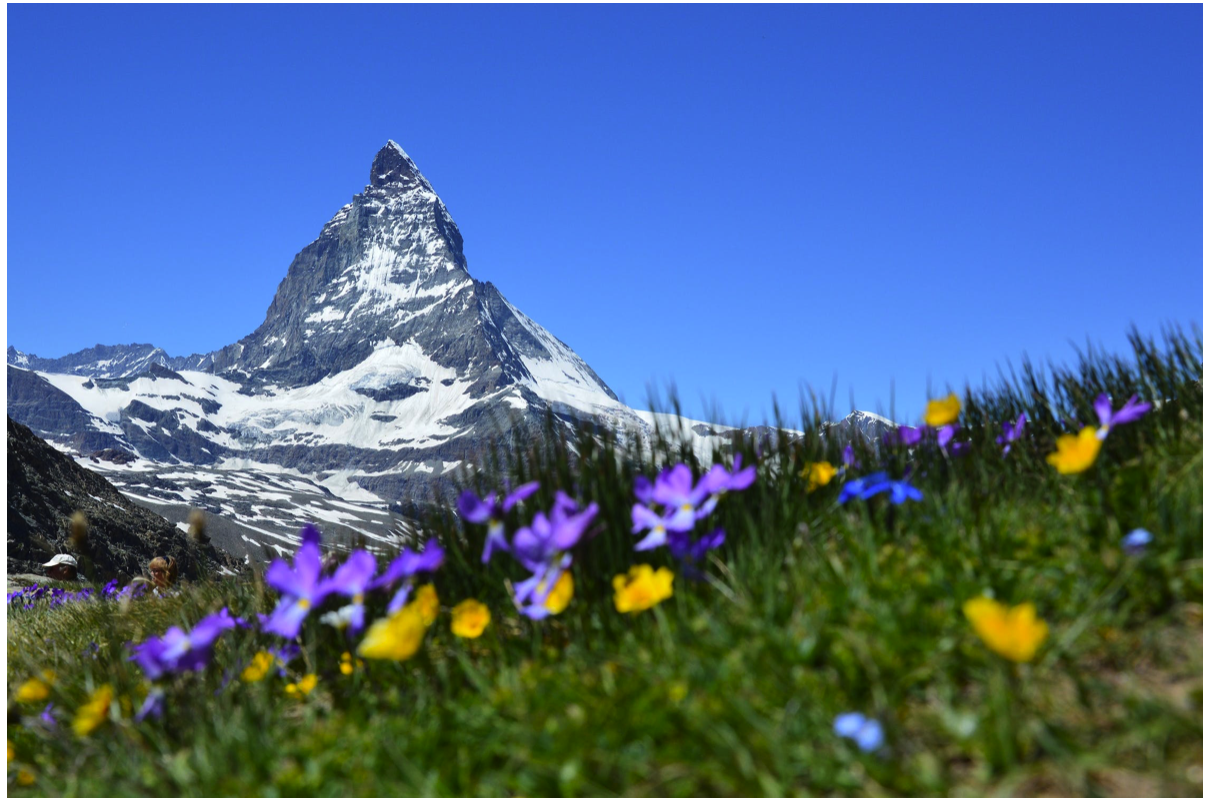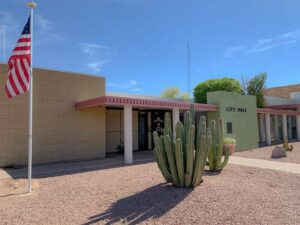
A Salt River Project team samples the snowpack in Happy Jack, between Payson and Flagstaff, on Feb. 28, 2023. /Salt River Project Photo
By Jake Frederico || The Arizona Republic
Spring is arriving sooner and warming up faster than ever before, new research shows. And that means more than just early wildflower blooms across Arizona.
A longer, warmer spring can stress water supplies in the West. The longer spring season may also produce ripple effects on agriculture as water demand will likely increase, and growing seasons may shift.
On average spring temperatures have increased by 2 degrees Fahrenheit across the U.S., according to research by the USA National Phenology Center. The season is starting earlier and getting warmer in 97% of the 238 locations surveyed. And more than anywhere in the U.S., the Southwest has experienced the most significant increase in temperatures since 1970.
Since 1970, Tucson has warmed 6.1 degrees Fahrenheit during the spring season, and in Phoenix, temperatures rose 5.5 degrees over the same time. The study suggest that the spring season is prolonged due to an increase in atmospheric levels of carbon that is driving climate change. On average, both Tucson and Phoenix are experiencing more than 30 spring days with above-normal temperatures
Scientist are concerned that an early start to spring could cause snowpack, which plays a key function in the water cycle in the West, to melt faster and earlier than usual.
“In many watersheds it’s the mountain precipitation that runs off and provides water flow and streamflow and that occurs in the spring,” said Sharon Megdal, director of the University of Arizona’s Water Resources Research Center. “We get snow in the winter, and it melts in the spring, it’s a really important season.”
One of those watersheds is the Colorado River, which supplies about 36 percent of water in Arizona according to ASU. Megdal says that even with average or above-average precipitation in the basin in recent years, runoff has decreased, likely due to warmer weather specifically in the springtime.
“Nobody is rejoicing yet about the tremendous snow and perception we had this winter in the Colorado River Basin,” she said. “We may have very good snowpack and very good precipitation, but what that means for runoff really does depend on what happens in the spring in terms of temperatures and how quickly they warm up and how much they warm up.”












